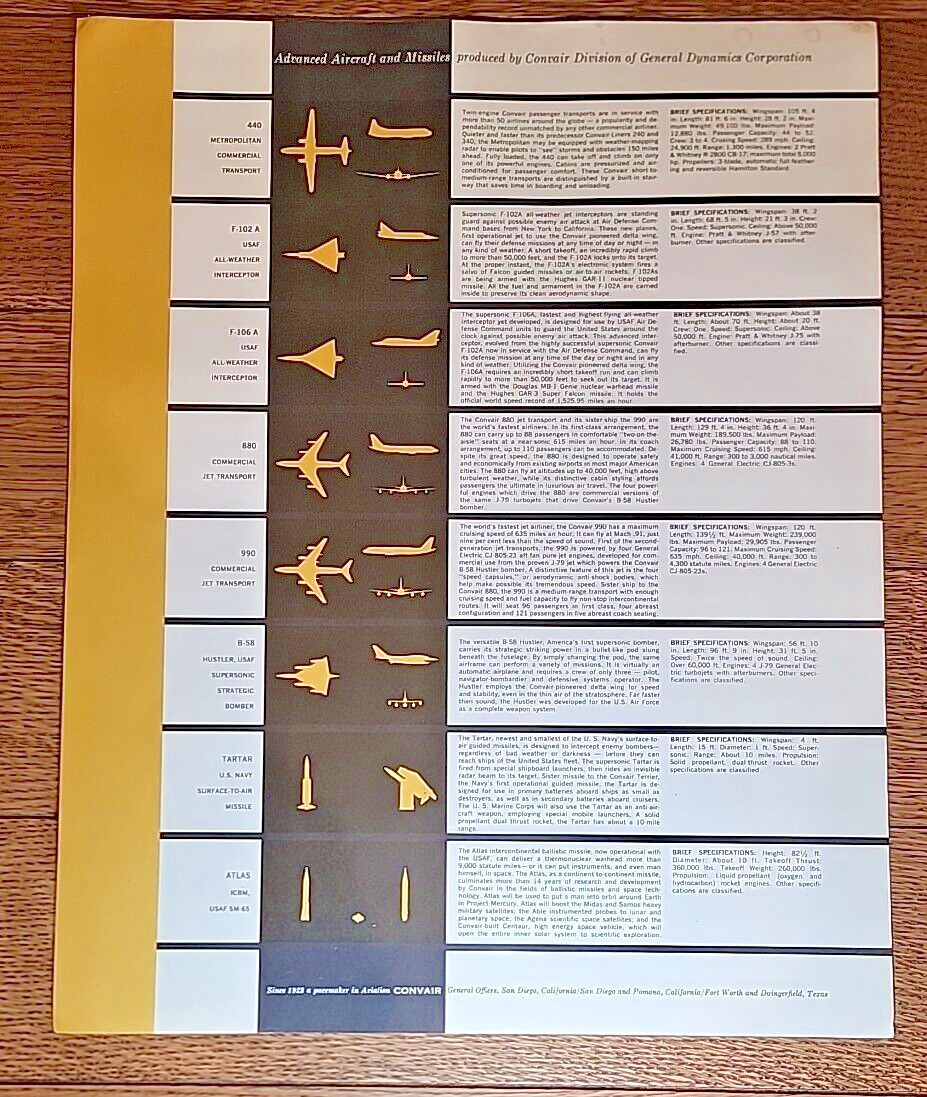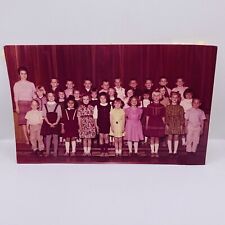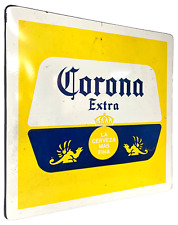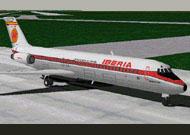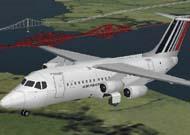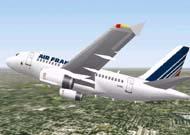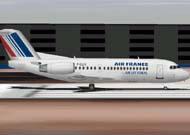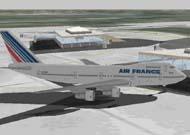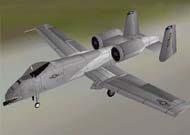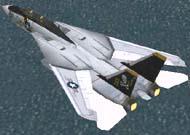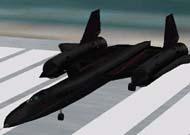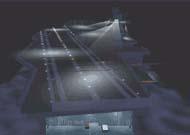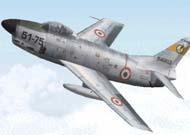When you click on links to various merchants on this site and make a purchase, this can result in this site earning a commission. Affiliate programs and affiliations include, but are not limited to, the eBay Partner Network.
Vintage 1960s Convair General Dynamic Corp 440 880 F-102A F-106 F-102 Info Poster (AA)
Advanced Aircraft and Missiles Produced by Convair Division of General Dynamic Corporation
440 MetropolitanF-102A USAF Interceptor
F-106 A USAF Interceptor880 Commercial Jet Transport990 Commercial Jet TransportB-58 Hustler Super Sonic Strategic BomberTartar U.S. Navy SAM Surface to Air MissileAtlas ICBM USAF SM- 65
lithograph Printprinted on high quality, light luster, toothy paper stock
Over All Paper Size
20\" x 16\"Image / Picture size
16\" x 12\"
This vintage print is among a set, mailed in 1966 toCaptain Douglas W. Allgood Commander, United States Air force 667th ACWRONCondition-
Print has been in a flat portfolio for decades. Minor wear maybe seen on the edges and might have some minor stains on the edges. This print was mailed to Douglas W. Allgood Commander, United States Airforce 667th ACWRON in 1966. Please review all pictures to see the condition of the item being sold. Thanks for looking!Shipping
When shipped, the print will be carefully rolled up and mailed in a sturdy cardboard Box and shipped via USPS Mail I do combine shipping for US buyers - No extra shipping charges for paper items after 1st one
Please see my store for other Prints including
Aircraft subjects:
F-100 Super Sabre
F-86 / F-86D Sabre
FJ-2 / FJ-3 / F-J 4 Fury
T-39 Sabreliner
T2J-1 Buckeye
A3J-1 Vigilante
B-70 Valkyrie
X-15 Research Aircraft
J-28B Trainer Aircraft
B-45 TornadoOther subjects:
AEC Nuclear Power Plant - Hallam, Nebraska
Nuclear Field Laboratory - Santa Susana, California
Rocket Engine Test Firing for Guided Missile
GAM-77 Hound Dog Missile in flight
Minuteman ICBM Missile Launch
USAF Atlas Missile Launch
NASA Apollo Spacecraft in orbitPlus More!
Little about General Dynamic:
General Dynamics Corporation (GD) is an American publicly traded aerospace and defense corporation headquartered in Reston, Virginia. As of 2020, it was the fifth-largest defense contractor in the world by arms sales, and fifth largest in the United States by total sales.[2] The company is a Fortune 100 company, and was ranked No. 94 in 2022.[3]Formed in 1954 with the merger of submarine manufacturer Electric Boat and aircraft manufacturer Canadair,[4] the corporation today consists of ten subsidiary companies with operations in 45 countries. The company\'s products include Gulfstream business jets, Virginia- and Columbia-class nuclear-powered submarines, Arleigh Burke-class guided-missile destroyers, M1 Abrams tanks and Stryker armored fighting vehicles.In 2022, General Dynamics had worldwide sales of $39.4 billion and a workforce of approximately 106,500 full-time employees.[1] The current chairman and chief executive officer (CEO) is Phebe Novakovic.
Airplanes
Airships
Balloons
Airship,piston, rotary, jet or electric engines cockpit
Aircraft Airplane aeroplane plane fixed-wing fuselage article Newspaper magazine book story airliner Seaplane, floatplane prop piston, rotary, jet or electric engines cockpit instrumentsair traffic control Aircraft flight mechanics
Airliner Aviation altitude records Maneuvering speed Rotorcraft
Directing all aspects of flight planning, documenting aircraft and operational compliance to company and government standards and regulations
Manage emergencies and coordinate with emergency support agencies
Liaising with and directing team interactions involving mechanics, ground crew, ATC and airport operations
Managing a large team including flight deck crew, cabin and ground crew coordination
Maintain proficiency throughout consistent training programmes
Multi-tasking, analysing information, prioritising problems, and achieving objectives during an ever changing, fast paced working environment
The criteria for what constitutes human spaceflight vary, with some focus on the point where the atmosphere becomes so thin that centrifugal force, rather than aerodynamic force, carries a significant portion of the weight of the flight object. The Fédération Aéronautique Internationale (FAI) Sporting Code for astronautics recognizes only flights that exceed the Kármán line, at an altitude of 100 kilometers (62 mi).[5] In the United States, professional, military, and commercial astronauts who travel above an altitude of 80 kilometres (50 mi)[6] are awarded astronaut wings.As of 17 November 2016, 552 people from 36 countries have reached 100 km (62 mi) or more in altitude, of whom 549 reached low Earth orbit or beyond. Of these, 24 people have traveled beyond low Earth orbit, either to lunar orbit, the lunar surface, or, in one case, a loop around the Moon.[note 1] Three of the 24—Jim Lovell, John Young and Eugene Cernan—did so twice.[8]As of 17 November 2016, under the U.S. definition, 558 people qualify as having reached space, above 50 miles (80 km) altitude. Of eight X-15 pilots who exceeded 50 miles (80 km) in altitude, only one, Joseph A. Walker, exceeded 100 kilometers (about 62.1 miles) and he did it two times, becoming the first person in space twice.[7] Space travelers have spent over 41,790 man-days (114.5 man-years) in space, including over 100 astronaut-days of spacewalks.As of 2016, the man with the longest cumulative time in space is Gennady Padalka, who has spent 879 days in space. Peggy A. Whitson holds the record for the most time in space by a woman, at 675 days.[12]
Terminology
See also: Astronaut ranks and positionsIn 1959, when both the United States and Soviet Union were planning, but had yet to launch humans into space, NASA Administrator T. Keith Glennan and his Deputy Administrator, Hugh Dryden, discussed whether spacecraft crew members should be called astronauts or cosmonauts. Dryden preferred \"cosmonaut\", on the grounds that flights would occur in and to the broader cosmos, while the \"astro\" prefix suggested flight specifically to the stars.[13] Most NASA Space Task Group members preferred \"astronaut\", which survived by common usage as the preferred American term.[14] When the Soviet Union launched the first man into space, Yuri Gagarin in 1961, they chose a term which anglicizes to first sixteen NASA astronauts, February 1963. Back row: White, McDivitt, Young, See, Conrad, Borman, Armstrong, Stafford, Lovell. Front row: Cooper, Grissom, Carpenter, Schirra, Glenn, Shepard, Slayton.A professional space traveler is called an astronaut.[17] The first known use of the term \"astronaut\" in the modern sense was by Neil R. Jones in his 1930 short story \"The Death\'s Head Meteor\". The word itself had been known earlier; for example, in Percy Greg\'s 1880 book Across the Zodiac, \"astronaut\" referred to a spacecraft. In Les Navigateurs de l\'infini (1925) by J.-H. Rosny aîné, the word astronautique (astronautics) was used. The word may have been inspired by \"aeronaut\", an older term for an air traveler first applied in 1784 to balloonists. An early use of \"astronaut\" in a non-fiction publication is Eric Frank Russell\'s poem \"The Astronaut\", appearing in the November 1934 Bulletin of the British Interplanetary Society.The first known formal use of the term astronautics in the scientific community was the establishment of the annual International Astronautical Congress in 1950, and the subsequent founding of the International Astronautical Federation the following year.[19]NASA applies the term astronaut to any crew member aboard NASA spacecraft bound for Earth orbit or beyond. NASA also uses the term as a title for those selected to join its Astronaut Corps.[20] The European Space Agency similarly uses the term astronaut for members of its Astronaut Corps.[21]
Cosmonaut
The first eleven Soviet cosmonauts, July 1965. Back row, left to right: Leonov, Titov, Bykovsky, Yegorov, Popovich; front row: Komarov, Gagarin, Tereshkova, Nikolayev, Feoktistov, Belyayev.
Main article: Soviet space program
For a more comprehensive list, see List of cosmonauts.By convention, an astronaut employed by the Russian Federal Space Agency (or its predecessor, the Soviet space program) is called a cosmonaut in English texts.[20] The word is an Anglicization of kosmonavt (Russian: космонавт Russian pronunciation: [kəsmɐˈnaft]).[22] Other countries of the former Eastern Bloc use variations of the Russian kosmonavt, such as the Polish: kosmonauta (although Poles also used astronauta, and the two words are considered synonyms).[23]Coinage of the term космонавт has been credited to Soviet aeronautics (or \"cosmonautics\") pioneer Mikhail Tikhonravov (1900–1974).[15][16] The first cosmonaut was Soviet Air Force pilot Yuri Gagarin, also the first person in space. He was part of the first six Soviet citizens, with German Titov, Yevgeny Khrunov, Andriyan Nikolayev, Pavel Popovich, and Grigoriy Nelyubov, who were given the title of pilot-cosmonaut in January 1961 Valentina Tereshkova was the first female cosmonaut and the first and youngest woman to have flown in space with a solo mission on the Vostok 6 in 1963.[25] On 14 March 1995,[26] Norman Thagard became the first American to ride to space on board a Russian launch vehicle, and thus became the first \"American cosmonaut\".What qualifications do I need to become a Captain?
To become a captain, you must first train as pilot.To work as a commercial pilot, you will need an Airline Transport Pilot Licence (ATPL). To get on to a pilot training course, you will need to have performed well at school. E.g. grades A*-C (9-4) and A-levels in at least English and Maths. Subjects including science or a second language would be a great advantage.You must also be at least 21 years of age to apply for an ATPL, and you’ll need to pass a background security check. you will also need to have a Class 1 Medical Certificate.It might also be useful to to take an aptitude test beforehand too, before embarking on years of expensive training. you can do this at The Honourable Company of Airline Pilots hold an aptitude test at RAF Cranwell and they use some tests used by the RAF in their selection process.As a pilot, you will work in shifts. The role will be demanding, both physically and mentally, and you will likely experience jetlag effects from crossing different timezones, which you will eventually become accustomed to. You should also expect to spend alot of time away from home, due to the obvious travelling demands of your job. If you are working a standby pilot, you will also be expected to be based close to the airport.Flight training schools will also want to make sure that you are suited to a career as a pilot before they invest so much training in you.Most Approved Training Organisations (ATOs – for a full list, see the CAA website) will put you through their own testing to make sure that you have the right personality and skills to be a successful pilot. Over a series of written papers, interviews, group tests, and simulator tests, you will be expected to demonstrate skills such as problem solving, spatial awareness, and people skills.You will also need to demonstrate your dedication to your chosen career with a good level of general knowledge about the aviation industry. You should treat this stage as seriously as you would treat any job interview and do as much research and preparation as you can.Some UK airlines have fully sponsored training programmes, such as British Airways’ Future Pilot Programme or the Virgin Atlantic Future Flyers Programme. Places on such schemes are limited and highly contested, but are fantastic opportunities if you manage to secure a spot.Most airline pilots start out as a first officer, co-pilot or flight engineer with a regional carrier. All pilots will have progressed through a vigorous flight training programme and have earned a commercial pilot’s license or an airline transport rating. Most likely they will also have one or more advanced ratings such as instrument, multi-engine or aircraft type ratings depending on the requirements of their particular flying job.Captain vacancies advertised today are often specified by the aircraft to be flown – B777 captain, B737 captain, A320 captain, A340 captain and so on. They sometimes work on short contracts, and may work unusual shift patterns, such as 6 weeks on, 2 weeks off. Captain jobs advertised often specify minimum requirements such as ‘5000 hours total flying time’ and ‘1500 hours PIC on commercial aircraft’. Hiring airlines will also want to see accident and violation free According to aviation law, an airline pilot may not fly more than 85 hours a month or 1,000 hours a year. However, it’s likely that the average pilot works more than 100 hours a month, counting ground duties such as filing flight plans, working on reports, briefing crews and attending training classes. All pilots, including captains, are required to attend training and simulator checks once or twice a year.


